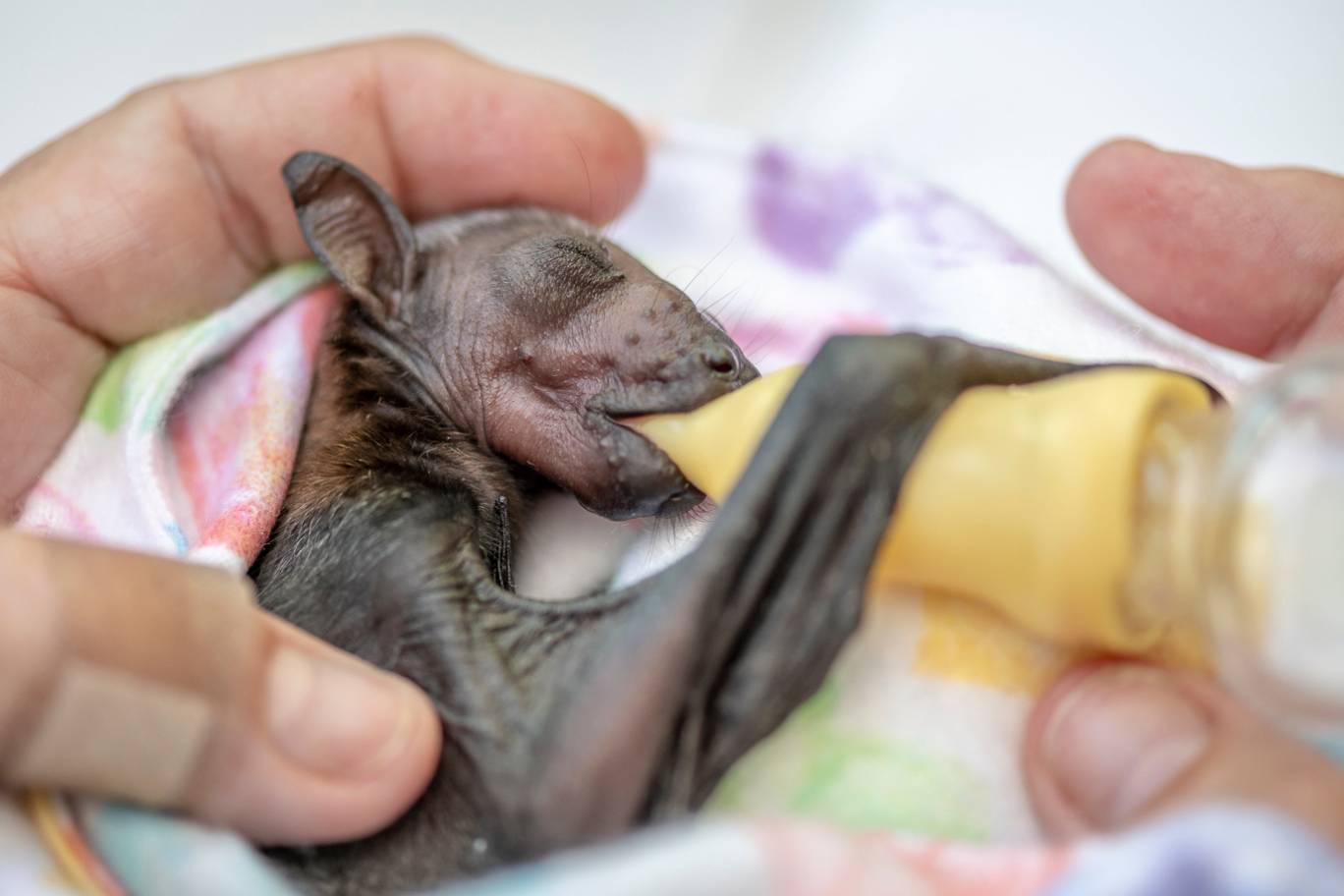
Conservation Teaching Resources
Aligned with the Australian curriculum, our conservation resources help you teach students about wildlife protection, habitat preservation, and sustainable practices. Designed for primary and secondary students, these materials use real-world examples and case studies to engage and inspire.
Welcome back!
Don't have an account yet?
Log in with:
By signing up to Cool.org you consent and agree to Cool's privacy policy to
store, manage and process your personal information. To read more, please see
our privacy policy here(Opens in new tab).
Create your free Cool.org account.
Many of our resources are free, with an option to upgrade to Cool+ for premium content.
Already have an account?
Sign up with:
By signing up to Cool.org you consent and agree to Cool's privacy policy to
store, manage and process your personal information. To read more, please see
our privacy policy here(Opens in new tab).